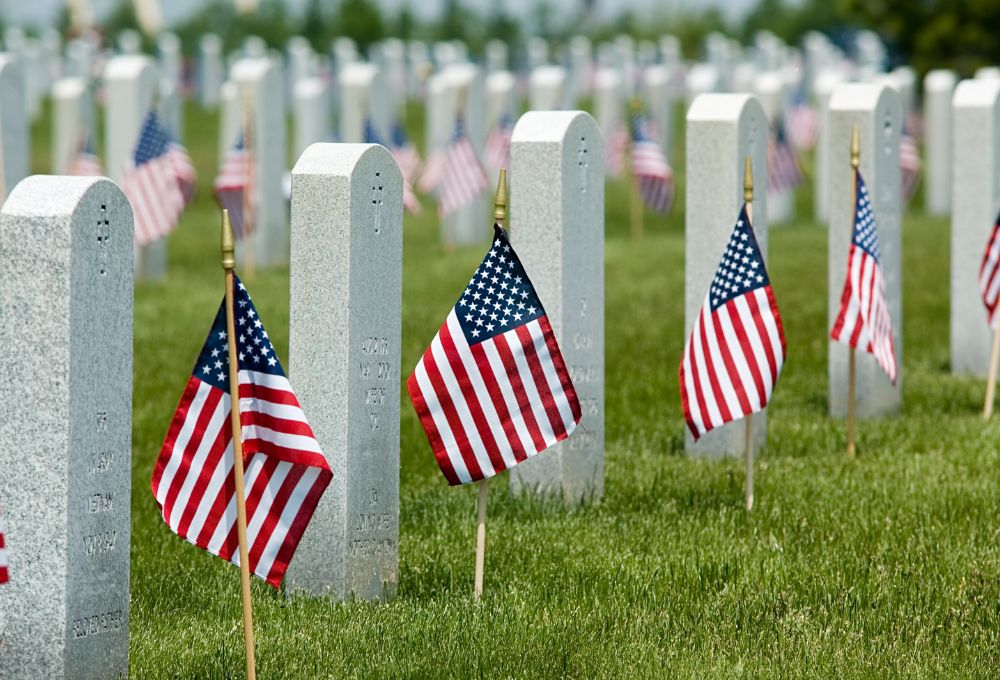Decoration Day to Memorial Day: Key Transformation Dates

Decoration Day, as it was first known, has evolved over the years into the Memorial Day we honor today. This shift in name reflects deeper changes in the national sentiment and the way Americans remember their fallen heroes. Here, we delve into the historical timeline, exploring how and why this transformation occurred, highlighting the key dates that shaped this transition.
Origins of Decoration Day

Decoration Day’s inception is often traced back to the years following the Civil War:
- 1865 - One of the earliest recorded events happened in Charleston, South Carolina, where freed slaves honored Union soldiers by decorating their graves. This local event didn’t immediately become a national tradition.
- May 5, 1868 - General John A. Logan, head of the Grand Army of the Republic (GAR), issued General Order No. 11, officially designating May 30 as Decoration Day, to honor those who died in service to the country.

Establishment as a Federal Holiday

The shift from a solely commemorative day to a more formal acknowledgment:
- 1890 - New York became the first state to officially recognize Decoration Day as a legal holiday.
- 1888 - Congress passed a bill allowing federal employees to have Decoration Day off from work without pay deduction.
The Evolution of Memorial Day

As time passed, Decoration Day began to incorporate broader themes:
- 1966 - President Lyndon B. Johnson officially recognized Waterloo, New York, as the birthplace of Memorial Day due to an organized event on May 5, 1866, where businesses closed and residents decorated graves with flowers, wreaths, and flags.
- 1968 - The Uniform Monday Holiday Act was passed by Congress, which moved Memorial Day from May 30 to the last Monday in May, starting in 1971. This change aimed to create a long weekend for federal employees, encouraging travel and recreation, which inadvertently led to a commercialization of the holiday.
| Year | Transformation | Significance |
|---|---|---|
| 1865 | Local Events | Early commemorative actions by communities |
| 1868 | Establishment | Nationwide recognition by the Grand Army of the Republic |
| 1890 | Legal Recognition | First state to recognize the day legally |
| 1966 | Official Acknowledgment | Waterloo, NY, named birthplace |
| 1968-1971 | Uniform Monday Holiday Act | Moved to the last Monday in May to create a three-day weekend |

Memorial Day in the Modern Era

Today, Memorial Day isn’t just about remembering the fallen:
- Flags and Flowers - Many Americans still adhere to the tradition of placing flags and flowers on the graves of soldiers.
- Parades and Ceremonies - Communities organize parades, speeches, and wreath-laying ceremonies to honor the memory of service members.
- Day of Remembrance - National moments of remembrance are observed, including a moment of silence at 3 PM local time on Memorial Day.
⚠️ Note: Despite its commercialization, the core of Memorial Day remains to honor and remember those who have died serving our nation.
Endnote

From its beginnings as Decoration Day in the late 19th century to today’s Memorial Day, this evolution signifies more than just a name change. It encapsulates America’s collective desire to never forget those who sacrificed for the ideals of freedom and unity. While the holiday has taken on a more festive tone, promoting travel and sales, the heart of Memorial Day continues to beat with solemn remembrance, ensuring that the fallen are not just remembered but celebrated for their contributions to our nation’s history.
Why was Memorial Day created?

+
Memorial Day was established to honor and remember the military personnel who died while serving in the United States Armed Forces.
What is the significance of the date change from May 30 to the last Monday in May?

+
The change was enacted by the Uniform Monday Holiday Act to create a long weekend for federal employees, promoting travel, leisure, and rest.
How should Memorial Day be observed?

+
Memorial Day can be observed by attending parades, visiting memorials, participating in remembrance ceremonies, and taking a moment of silence to honor the fallen.



